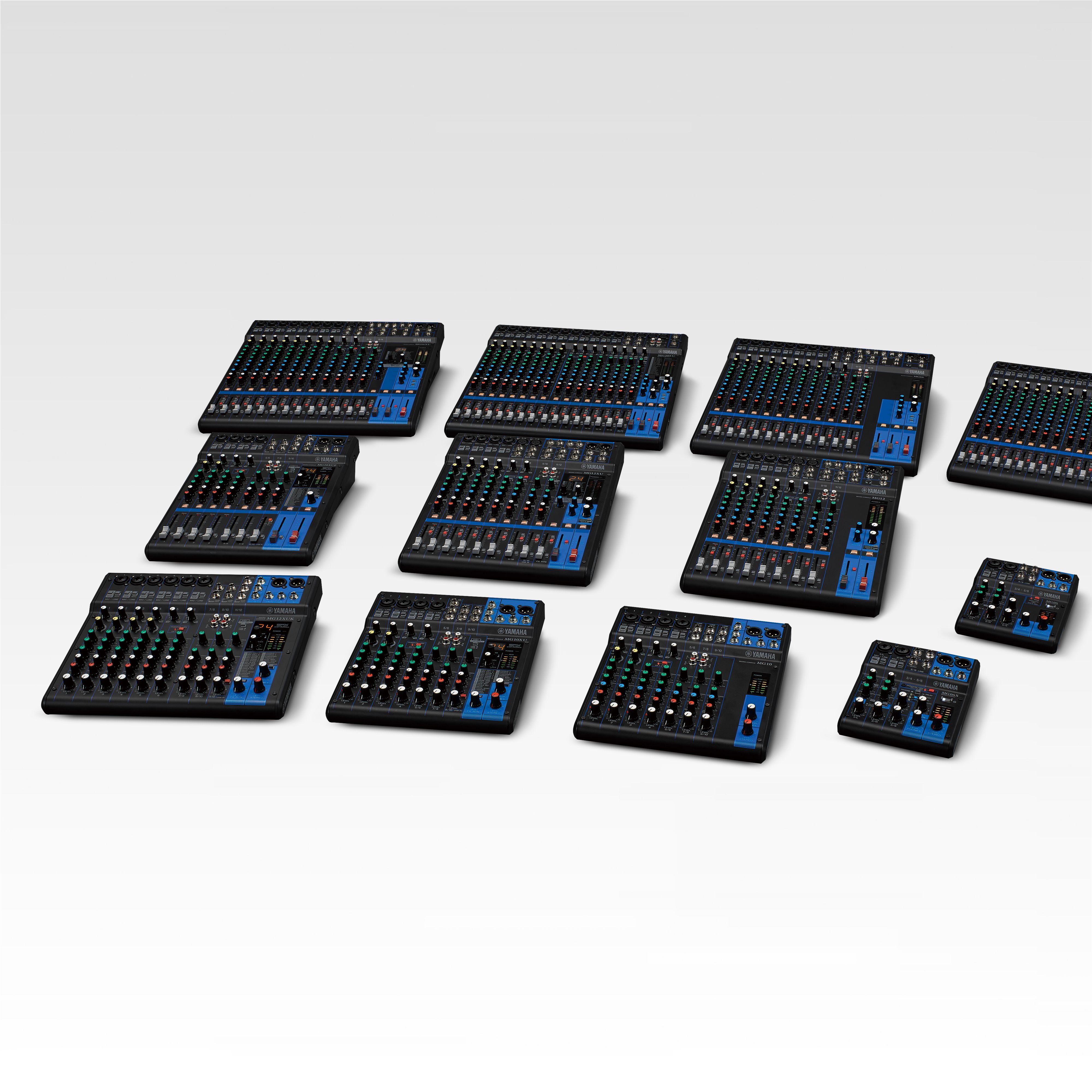Howdy,
I need to consolidate things on my desk and improve the UX of fiddling with all my random audio sources and sinks. Since the pandemic began I've been working from home and have started doing more audio related activities:
* Endless video calls
* Recording podcasts
* Listening to music
* Some online gaming
This has me using earbuds, a desktop USB mic, a headset mic, desktop speakers, headphones, a desktop USB DAC, and a headphone amp.
The tangle of wires, devices, mics, and ear-gear is making me nuts. Not to mention the hassle of managing which one is active when and for what. Managing their relative volume levels depending on what's going on is a whole other pain in the neck.
I'm trying to figure out how to best consolidate as much as possible. I was originally going to get something like a Yamaha MG10XU and have it double as a stereo AI into my workstation, but it's headphone amp seems anemic, and I can't find much useful info about its DAC/ADC performance.
In fact, anemic headphone amp performance seems to be very typical among audio interfaces like those from MOTU and Focusrite. Though RME seems to have a better go of it.
This got me wondering about how far back in time in terms of RME gear where you're likely still getting modern-ish MOTU level performance in the DAC/ADC section, but getting RME quality headphone amplification. For instance how's old FireWire era stuff hold up? Like the RME Fireface 800 or some top-end gear from other gear of the era like the Metric Halo 2882 + DSP (I used to have one of these years and years ago)? What about older MOTU gear higher up in the line like the 828mkIII, etc.?
Cheers!
I need to consolidate things on my desk and improve the UX of fiddling with all my random audio sources and sinks. Since the pandemic began I've been working from home and have started doing more audio related activities:
* Endless video calls
* Recording podcasts
* Listening to music
* Some online gaming
This has me using earbuds, a desktop USB mic, a headset mic, desktop speakers, headphones, a desktop USB DAC, and a headphone amp.
The tangle of wires, devices, mics, and ear-gear is making me nuts. Not to mention the hassle of managing which one is active when and for what. Managing their relative volume levels depending on what's going on is a whole other pain in the neck.
I'm trying to figure out how to best consolidate as much as possible. I was originally going to get something like a Yamaha MG10XU and have it double as a stereo AI into my workstation, but it's headphone amp seems anemic, and I can't find much useful info about its DAC/ADC performance.
In fact, anemic headphone amp performance seems to be very typical among audio interfaces like those from MOTU and Focusrite. Though RME seems to have a better go of it.
This got me wondering about how far back in time in terms of RME gear where you're likely still getting modern-ish MOTU level performance in the DAC/ADC section, but getting RME quality headphone amplification. For instance how's old FireWire era stuff hold up? Like the RME Fireface 800 or some top-end gear from other gear of the era like the Metric Halo 2882 + DSP (I used to have one of these years and years ago)? What about older MOTU gear higher up in the line like the 828mkIII, etc.?
Cheers!

